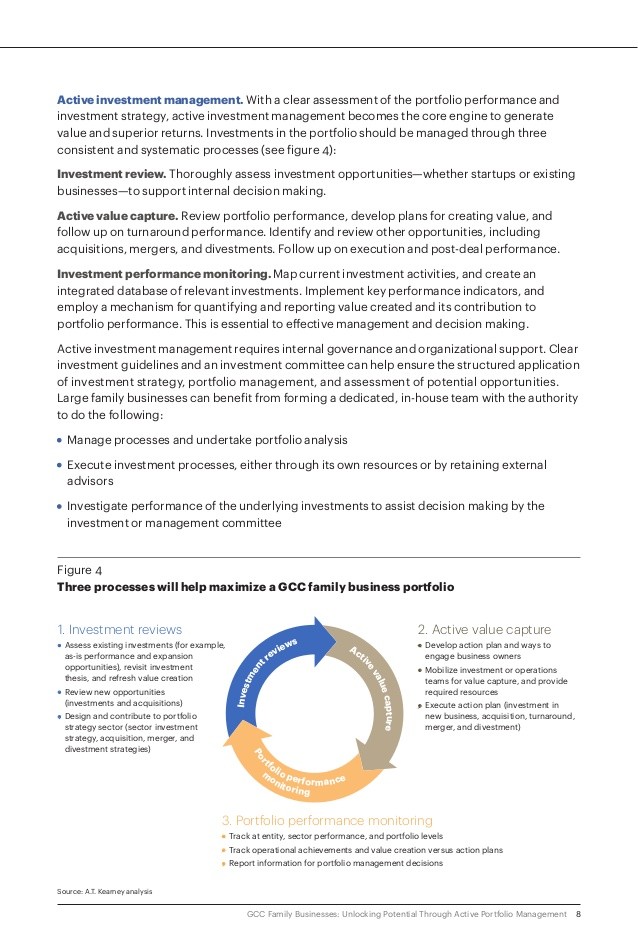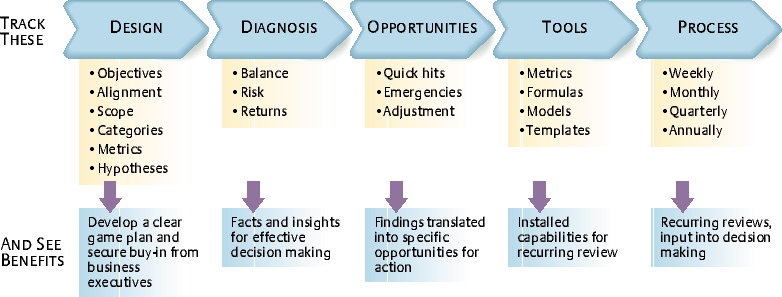7 Keys to Successful Investing and Portfolio Management
Post on: 26 Июнь, 2016 No Comment

Basic Principles That Can Help You Unlock the Door to Financial Independence
Successfully managing your investment portfolio is easy if you stick to a few major guidelines. These seven keys can help you unlock the doors standing between you and your family’s financial independence. Jorg Greuel / Digital Vision / Getty Images
At its core, investing is a simple activity. That doesn’t mean it is easy, just that the behaviors necessary for success are fairly straightforward. By reminding yourself of what they are, and always keeping them in the back of your mind, you can improve your odds of reaching financial independence as you amass a collection of assets that throw off passive income .
This article was originally published in 2005 but as we enter 2015, ten years later, I’m updating, expanding, and overhauling it so that over the next three pages, you’ll be provided with with greater clarity about the type of mindset you can take to protect, preserve, and amass wealth.
Investing Key #1. Insist Upon a Margin of Safety
Benjamin Graham. father of modern security analysis. taught that building a margin of safety into your investments is the single most important thing you can do to protect your portfolio. There are two ways you can incorporate this principle into your investment selection process.
First: Be Conservative In Your Valuation Assumptions
As a class, investors have a peculiar habit of extrapolating recent events into the future. When times are good, they become overly optimistic about the prospects of their enterprises. As Graham pointed out in his landmark investment treatise The Intelligent Investor. the chief risk is not overpaying for excellent businesses, but rather, paying too much for mediocre businesses during generally prosperous times.
To avoid this sorry situation, it is important that you err on the side of caution, especially in the area of estimating future growth rates when valuing a business to determine the potential return. For an investor with a 15 percent required rate of return, a business that generates $1 per share in profit is worth $14.29 if the business is expected to grow at 8 percent. With expected growth rate of 14 percent, however, the estimated intrinsic value per share is $100, or seven times as much!
Second: Only Purchase Assets Trading Near (In the Case of Excellent Businesses) or Substantially Below (In the Case of Other Businesses) Your Conservative Estimate of intrinsic Value
Once you’ve conservatively estimated the intrinsic value of a stock or private business, such as a car wash held through a limited liability company. you should make sure you are getting a fair deal. How much you are willing to pay depends upon a variety of factors but that price will determine your rate of return .
In the case of an exceptional enterprise — the type of company that has huge competitive advantages, economies of scale, brand name protection, mouth-watering returns on capital, and a strong balance sheet, income statement, and cash flow statement — paying a full price, and regularly buying additional shares through new purchases and reinvesting your dividends, can be rational. I recently wrote an overview of this concept on my personal blog using The Hershey Company as an illustrative case study. I pointed out how, even when overvalued, Hershey has the ability to generate sufficiently high returns investors have some protection on the downside using the inflated prices of the 1990’s dot-com bubble as a starting point, comparing the chocolate maker to a Vanguard S&P 500 index fund. Despite its rich price tag, Hershey crushed the index, just as it has done for generation after generation over long stretches of time. (Note: Individual years, even periods of 3-5 years, are a different story. In the end game, a firm like Hershey does better than average but there’s no telling what it will do in the next 60 months. This is why it is so important you decide from the outset whether you are a true long-term investor or are playing a different game entirely.)

Those types of businesses are rare. Most fall into the territory or secondary or tertiary quality. When dealing with these sorts of firms, it is wise to demand an additional margin of safety by tempering earnings through cyclical adjustments and / or only paying a price that approximates no more than 2/3rds or your estimated intrinsic value, which you will get from time to time. It’s the nature of the stock market. In fact, historically, drops in quoted market value of 33% or more aren’t that uncommon every few years.
Building upon our prior example of a company with an estimated intrinsic value of $14.29, this means you wouldn’t want to purchase the stock if it was trading at $12.86 because that is only a 10% margin of safety. Instead, you’d want to wait for it to fall to around $9.57. This would allow you to have additional downside protection in the event of another Great Depression or 1973-1974 collapse.
Investing Key #2. Only Invest In Businesses or Assets You Understand. It’s Important You Recognize Your Own Limitations
How can you estimate the future earnings per share of a company? In the case of Coca-Cola or Hershey, you could look at per-capita product consumption by various countries in the world, input costs such as sugar prices, management’s history for allocating capital, and a whole list of things. You’d build spreadsheets, run scenarios, and come up with a range of future projections based on different confidence levels. All of this requires understanding how the businesses make their money; how the cash flows into the treasury.
Shockingly, many investors ignore this common sense and invest in companies that operate outside of their knowledge base. Unless you truly understand the economics of an industry and are able to forecast where a business will be within five to ten years with reasonable certainty, do not purchase the stock. In most cases, your actions are driven by a fear of being left out of a “sure thing” or forgoing the potential of a huge payoff. If that describes you, you’ll take comfort to know that following the invention of the car, television, computer, and Internet, there were thousands of companies that came into existence, only to go bust in the end. From a societal standpoint, these technological advances were major accomplishments. As investments, a vast majority fizzled. The key is to avoid seduction by excitement. The money spends the same, regardless of whether you are selling hotdogs or microchips. Forget this, and you can lose everything. Some shareholders of G.T. Advanced Technologies, who had no experience or knowledge of the industry or relevant accounting disclosures, faced total ruin because they weren’t content to make money from a low-cost index fund or blue chip stock portfolio. It’s an unnecessary tragedy.
To be a successful investor, you don’t have to understand convertible arbitrage. esoteric fixed-income trading strategies, stock option valuation, or even advanced accounting. These things merely expand the potential area of investment available to you; valuable, yet not critical to achieving your financial dreams. Many investors, for reasons known only to the stars, are unwilling to put some opportunities under the “too difficult” pile, reluctant to admit they are not up to the task either through pride or unfounded optimism. It’s a foolish way to behave. Even billionaire Warren Buffett. renowned for his vast knowledge of business, finance, accounting, tax law, and management, admits his shortcomings. At the 2003 Berkshire Hathaway stockholder meeting, Buffett, responding to a question about the telecom industry, said: “I know people will be drinking Coke, using Gillette blades and eating Snickers bars in 10-20 years, and have a rough idea of how much profit they’ll be making. But I don’t know anything about telecom. It doesn’t bother me. Somebody will make money on coca beans, but not me. I don’t worry about what I don’t know – I worry about being sure about what I do know.” This ability to realistically examine his strengths and weaknesses is one way Buffett has managed to avoid making major mistakes over his considerable investing career.














